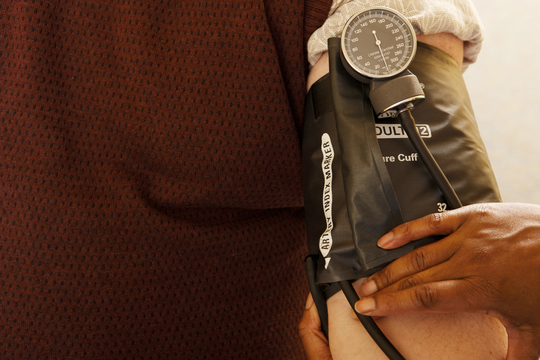Our guest blogger this week is Sam Piper, Senior Planner, Alta Planning + Design. Alta Planning + Design designs and implements bicycle and pedestrian infrastructure for cities and institutions. This is part 2 of his blog. Click here to read Part 1.
The streets of the future in the United states will be active, sensored streets, and will include dedicated infrastructure that makes travel by all modes of transportation comfortable. New technologies are paving the way to better understand mobility in urban contexts so that investments can be made where they are needed most.
There are a number of current and emerging technologies that can capture and process non-motorized data efficiently and economically. After researching several of these technologies, Alta Planning + Design, a company that designs and implements bicycle and pedestrian infrastructure for cities and institutions, is excited to announce the publication of the Innovation in Bicycle and Pedestrian Counts white paper. This paper outlines the challenges that many communities face with conventional pen and paper count programs. It then identifies many new technologies that can automate, simplify, and expedite the collection of bicycle and pedestrian data.
Through Alta’s research, it became evident that new technologies generally fall into three broad categories:
- Mobile Technology: software that can be downloaded onto a mobile device.
- Imagery: technology that uses sensors to capture bicycle and pedestrian movements
- Low-cost hardware: stand-alone technologies that are deployed to capture non-motorized data.
The graphic below lists the range of technologies that were reviewed for the white paper. Together, these technologies can be leveraged to plan and implement active transportation infrastructure, such as new paths, sidewalks and bicycle facilities, where they are needed most. When connected systems of comfortable facilities are implemented, more people will choose to bike and walk for more trips, as has been seen in multiple North American cities that have prioritized the development of bicycling and walking infrastructure, and are beginning to reap health benefits from these choices.





